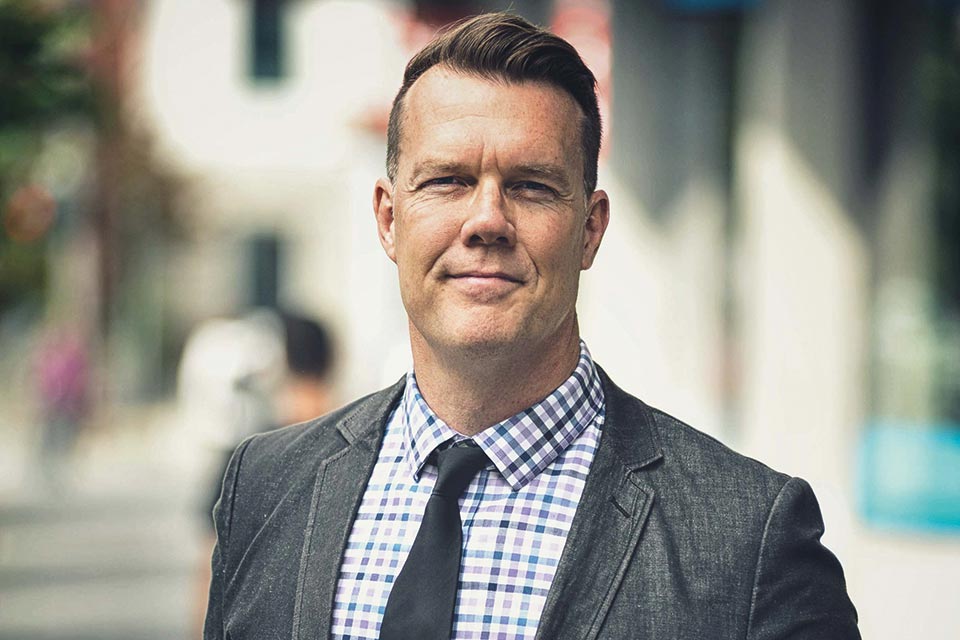Learning about trauma
- Jenny Manzer

UVic’s Tim Black says exposure to disturbing influences does not mean a person will be traumatized. And how we all respond can help or hinder.
My friend held up a phone, showing me images from a disaster that had struck their family’s home. They’d woken up to the sound of their neighbour’s screams, warning them to flee the house.
“I’m so sorry that happened to you,” I said, fighting an ingrained impulse to start asking questions. At the time, I remembered some key messages from a UVic Education podcast featuring Tim Black, a trauma specialist at UVic who works with former service members experiencing Post-Traumatic Stress Disorder.
Black advised that if a friend or loved one has witnessed a trauma, it’s best to simply be supportive with responses such as: “I’m so sorry you had to see that” or “I’m so sorry you went through that—how are you?” He notes that’s very different from asking: “And then what happened? What happened after that?”
Black says there’s a chance that asking questions about the event could be received very badly. However well-intentioned, those queries might come across as blame or judgment. It’s safest to express concern, listen and let the person talk if they wish. People just need to know you care about them, says Black. The good news it that exposure to a traumatic event does not mean a person will be traumatized. It is far from a fait accompli.
“If there’s a public-service announcement I’d want people to understand, it’s that exposure doesn’t equal traumatization. That’s the thing I think a lot of people are confused about. They think if I’ve seen a trauma or been exposed to trauma, that means I’m traumatized,” says Black, an associate professor of Counselling Psychology at UVic.
This issue of the Torch focuses on the media—and a recent study, “Taking Care: a report on mental health, well-being and trauma among Canadian media worker,” shows journalists experiencing high rates of mental-health conditions. The survey of more than 1,200 media workers found the group was suffering from anxiety (69 per cent), depression (46 per cent) and post-traumatic stress injury (15 per cent). Many had experienced harassment and threats, either online or in the field. The ongoing exposure to trauma was also taking a toll—with 80 per cent of respondents experiencing burnout as a result of reporting on stories about death, injury and suffering.
Workers in all trauma-exposed professions should take it as a point of professional pride to monitor their responses and safeguard their health, Black says.
“Track it. If it goes away, it’s likely gone—if it doesn’t go away or if you find you’re avoiding it and putting it in your hurt locker and never looking at it because it’s too emotional—it’s already stuck.”
—Tim Black, associate professor of Counselling Psychology at UVic
If, after 30 days, a person is still grinding over past events, not sleeping well, or upset by certain sights or sounds—that may indicate “a sticky bit” that needs attention. Black says it’s important to address these issues—as they tend to snowball and collect more sticky bits. So, people who may be exposed to disturbing influences—like Black himself as a trauma specialist—need to check in with themselves often. He says it’s natural to be affected by trauma, and it can take a while for the body to calm down—so watch, wait and see.
Photos
In this story
Keywords: mental health, psychology, trauma
People: Tim Black
Publication: The Torch





